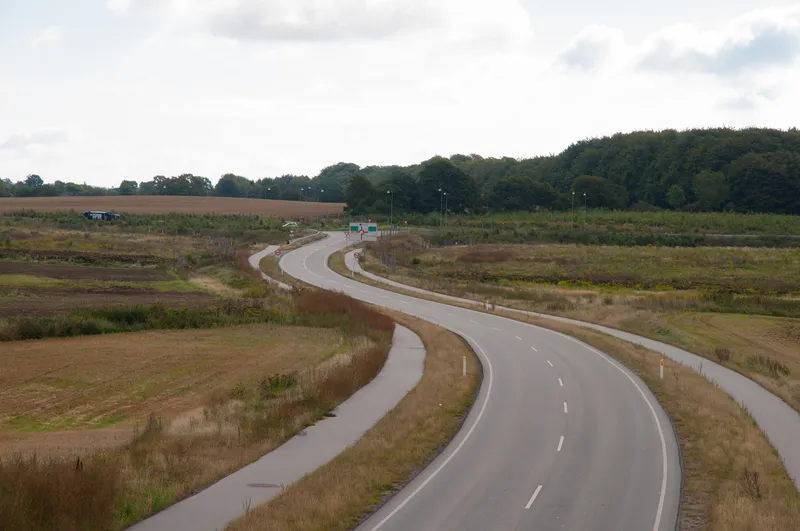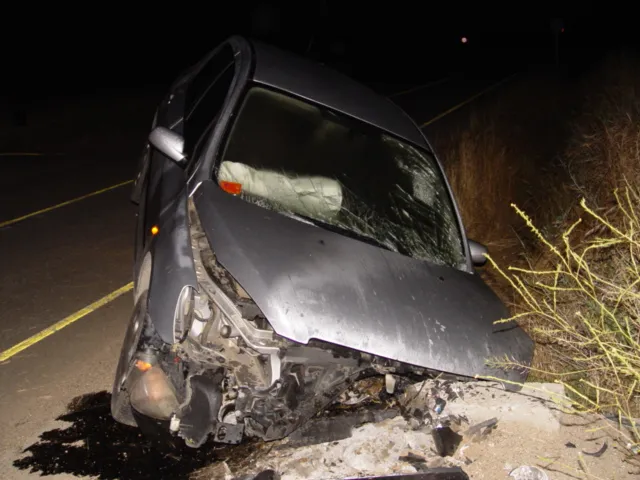
The Danish Road Directorate has announced that more than €200.2 million has been allocated for construction of a motorway between Næstved and Rønnede.
The project on the island of Zealand could entail upgrading the two-lane Route 54 and will likely start in 2026.
But planning and designs will have to take account of two Natura 2000 areas sites located close to the project site. Natura 2000 is a network of nature protection and conservations areas within the European Union and includes both terrestrial and marine locations.
The current route 54 is basically a country road with cycle paths on both sides. There is a general speed limit of 80km/h, but there are also local speed limits of 60-70km/h.
Upgrades and re-alignments have been considered over the past decade and a previously completed environmental assessment will have to be updated before work can start, according to media reports.
A recent town hall meeting held by Danish Road Directorate showed residents of the area are concerned about noise and animal-vehicles crashes. Animal underpasses and noise barriers will be considered in future planning, the directorate noted.
Several properties have already been acquired and up to 25 more might need to be expropriated.







